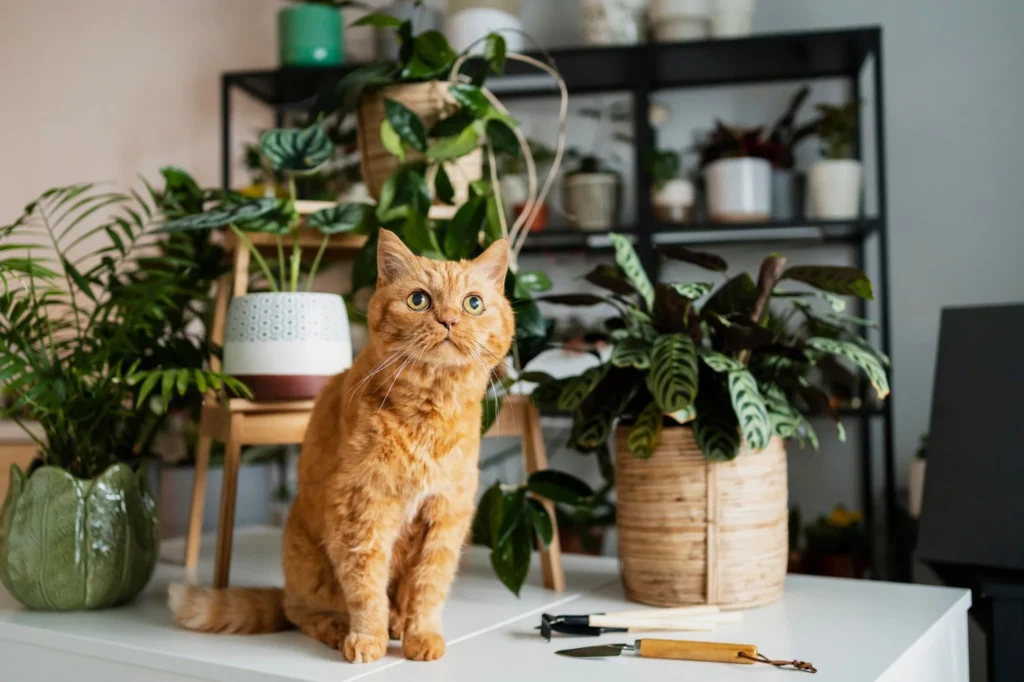Indoor plants low light pet safe: A Complete Guide
Introduction:
Adding green elements to your living space automatically adds to the quality and pleasantness that the space carries, and helps create serene environment. For ordinary people who own pets, therefore, choosing the right plants is mandatory. Some plants may be poisonous to animals, or at least will make them sick if eaten, with symptoms from mild skin irritation to severe disease.
Luckily, there are many options of the indoor plants that prefer shaded areas and are nontoxic for pets. These plants offer the best of both worlds: advantage of the pet, improved aesthetics, and psychological comfort to the owner of the animal. If you’re about to learn or continue your journey on indoor plant care, this guide will provide you with overview of low light indoor plants friendly for pets.
Understanding Indoor plants low light pet safe
- What are they
- How they work

But, first, let me make it clear for those of you who are not familiar with the term ‘low light’ when it comes to indoor plants. Just because the environment is dark, it must not necessarily be really black. It refers to those areas within your home where sunlight is known to reach very seldom. Such spaces may be shaded or, on the contrary, illuminated with artificial lights only.
Low light plants are usually suited for places where a plant gets little or no direct sunlight or glow. These make perfect sense for bedrooms, office spaces or any other room that does not receive direct sunlight during the day.
Why Choose Pet-Safe Plants?
When you have pets- cats, dog or other pets, then it is advisable that you use plants that are safe or are not poisonous to the pets in case they decide to chew on the plant. Saponins, alkaloids, calcium oxalates are some of the components found in certain plants and when taken internally with foods can act as toxines. Signs of plant poisonings in animals include salivation, vomiting, diarrhea, and /or general weakness, depending on the plant in question.
Sure, it may not make your pet as healthy as if they were outdoors, but at least it cuts down on the chance that your beloved pets will get sick when choosing specific plants for the home.
Best Pet-Safe Indoor Plants for Low Light
Here is a list of indoor plants that are both safe for pets and thrive in low light conditions:
| Plant Name | Light Requirements | Pet-Safe? | Care Level |
|---|---|---|---|
| Spider Plant (Chlorophytum comosum) | Low to Bright Indirect Light | Yes | Easy |
| Boston Fern (Nephrolepis exaltata) | Low to Medium Light | Yes | Moderate |
| Areca Palm (Dypsis lutescens) | Low to Bright Indirect Light | Yes | Moderate |
| Prayer Plant (Maranta leuconeura) | Low to Medium Light | Yes | Easy |
| Calathea (Calathea spp.) | Low to Medium Light | Yes | Moderate |
| Bamboo Palm (Chamaedorea seifrizii) | Low to Medium Light | Yes | Easy |
| Parlor Palm (Chamaedorea elegans) | Low Light | Yes | Easy |
| Pilea (Pilea depressa) | Low to Medium Light | Yes | Easy |
1. Spider Plant (Chlorophytum comosum)
- Light Needs: Low to bright indirect light.
- Pet Safety: Safe for cats and dogs.
- Care: Very low maintenance; should be watered fortnightly, preferable on the soil that has excellent drainage.
- Benefits: This super low-care air-purifying plant is safe for your pets and prefers low-light conditions.
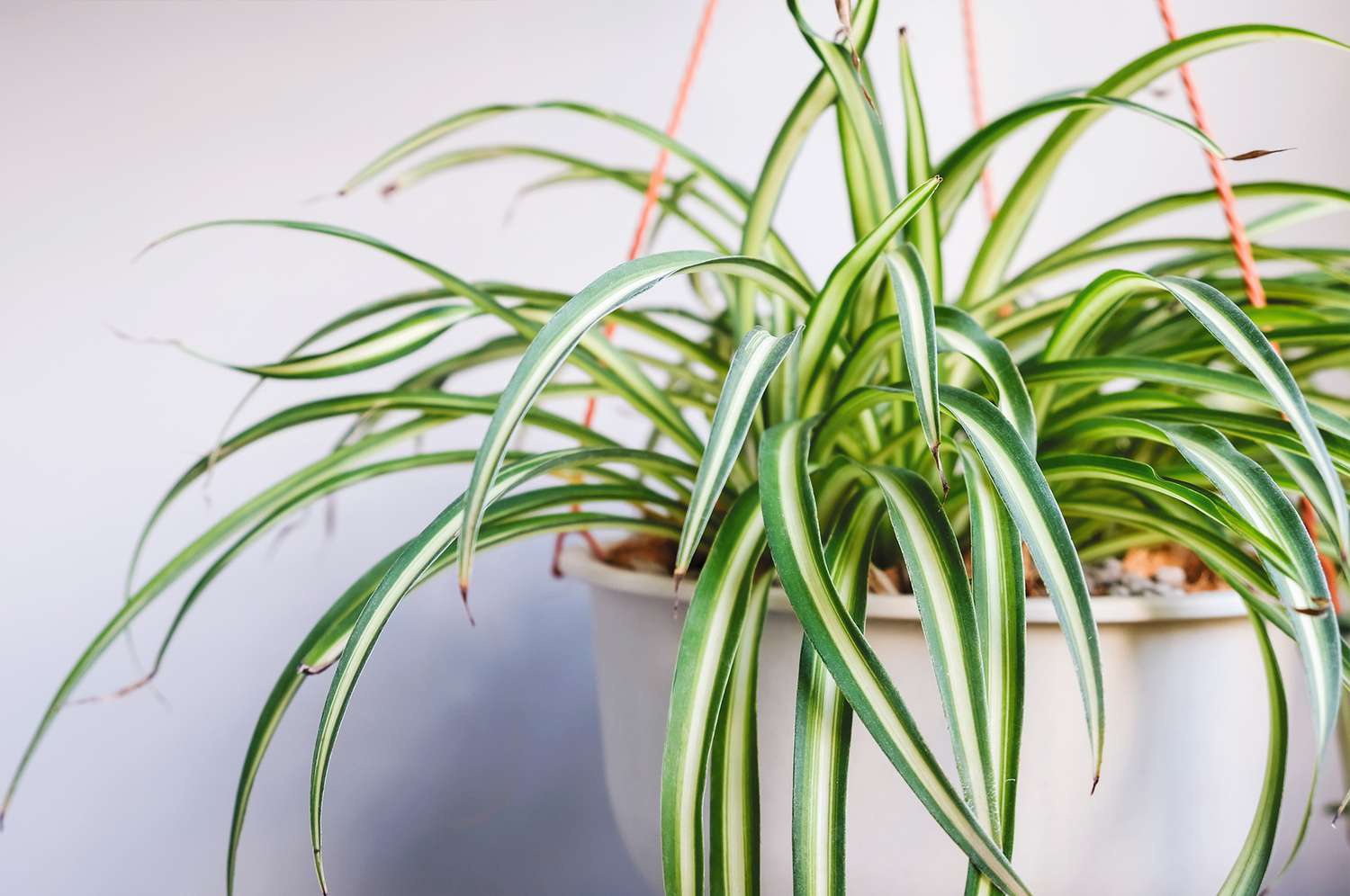
2. Boston Fern (Nephrolepis exaltata)
- Light Needs: Grows well under low to medium light but tolerates some indirect light well enough.
- Pet Safety: Safe for both cats and dogs.
- Care: The soil should be moist at all times but not water logged rich in organic manure and well drained. It is favorable to humidity so misting is good.
- Benefits: Stunning water like drooping leaves give your interior environment a touch of style.
3. Areca Palm (Dypsis lutescens)
- Light Needs: Low to bright indirect light.
- Pet Safety: Safe for cats and dogs.
- Care: Needs frequent water and one or two feedings only.
- Benefits: Known for its tropical appearance, and ability to serve as a cleaning mechanism it is an added bonus that it is a palm.
4. Prayer Plant (Maranta leuconeura)
- Light Needs: Favours partial shade to semi-shade positions.
- Pet Safety: Non-toxic to pets.
- Care: The soil should not be allowed to dry out, but at the same time- it should never be flooded. You need to protect your PLANTA from direct sunlight so that the leaves to do not burn.
- Benefits: Popular for its bi-ornamental interesting leaves which folds at night in prayer like manner.
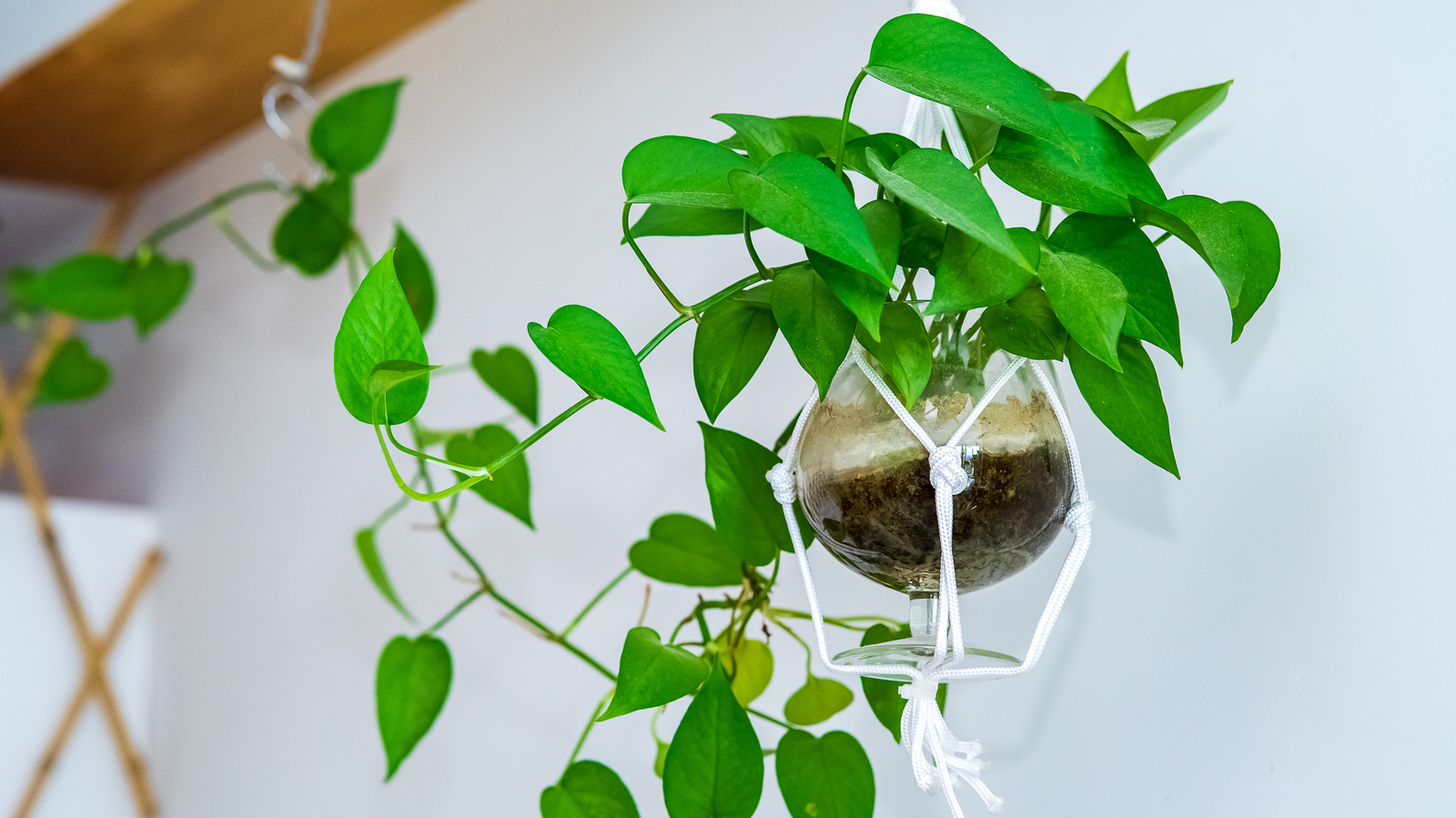
5. Calathea (Calathea spp.)
- Light Needs: Can be grown in low to medium light conditions.
- Pet Safety: Completely safe for pets.
- Care: All the calatheas prefer high humidity and well moistened soil. Avoid exposure to strong light so as to retain bright colored leaves.
- Benefits: An ornamental plant with beautiful prints on the leaves.
6. Bamboo Palm (Chamaedorea seifrizii)
- Light Needs: Low to medium indirect light.
- Pet Safety: Non-toxic to pets.
- Care: Water these plants in reasonable amounts and make sure the soil gets somewhat dry before the next watering.
- Benefits: A nice looking plant that has soft feathery fronds that suit a dark environment well.

7. Parlor Palm (Chamaedorea elegans)
- Light Needs: Grows in low light, preferably in shady places.
- Pet Safety: Safe for cats and dogs.
- Care: Very low maintenance; water it only when the soil is dry.
- Benefits: These are slow-growing palms, perfect for growing in a small space and gives out that green sheen.
8. Pilea (Pilea depressa)
- Light Needs: Low to medium light.
- Pet Safety: Pet-safe.
- Care: Water often and make sure the lands is well drained. It must be kept away from direct sunlight to thrive well.
- Benefits: Pilea has round shiny leaves, and it gives any room that added charm.
How to Care For Low Light Pet Friendly Plants
Caring for low light, pet-safe plants mostly entails the following; Here are a few steps to keep your plants thriving:
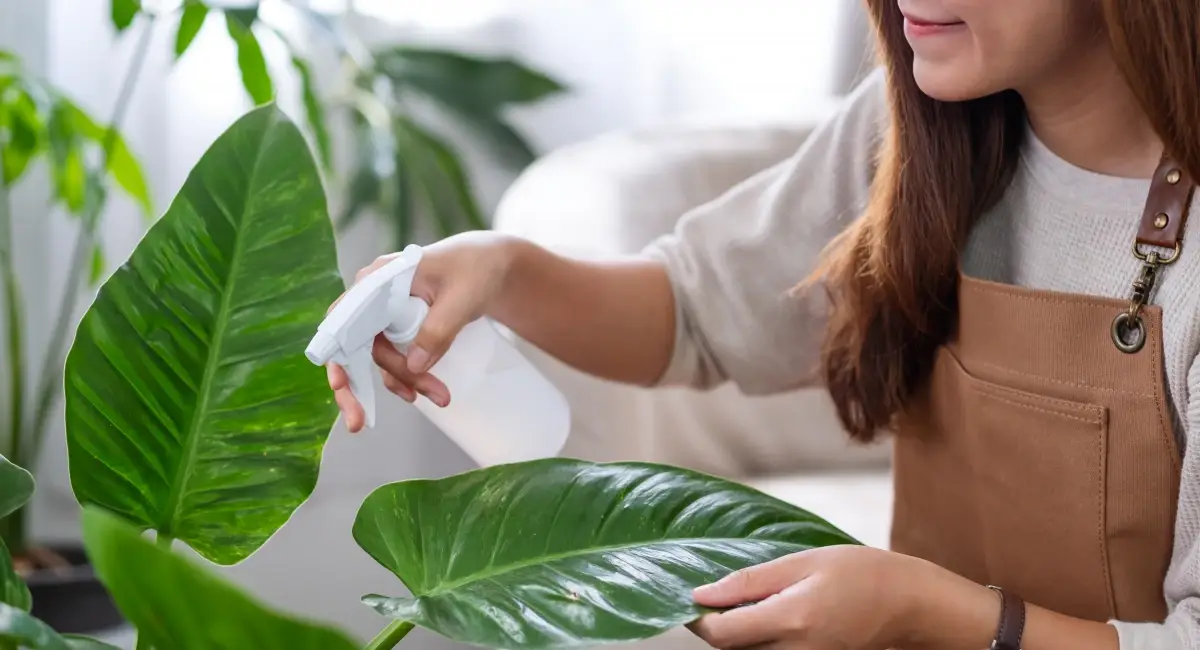
1. Light Requirements
Surprise, even low light plants require some amount of light; thus, should be relocated near the Windows with sheer curtains.
If natural light is scarce then one can think about using artificial grow light.
2. Watering Needs
Make sure that you do not water your plants too much. Very few indoor plants like the soil to be wet most of the time; most actually prefer the soil to be a little dry between waterings.
Another it is important to always make sure that the soil is wet before rathering it by adding more water — if the soil feels wet, don’t add water for a few days.
3. Humidity
Low light plants require a little bit of humidity, particularly the ferns and palm types of plants.
To maintain humidity, you can spray plant with water or put a humidifier in that plant’s corner.
4. Soil & Drainage
One thing about these plants is that they require well-draining soil, mainly because water logging could cause root rot.
Make sure your plant pots have holes on the bottom for water to drain out of the container.
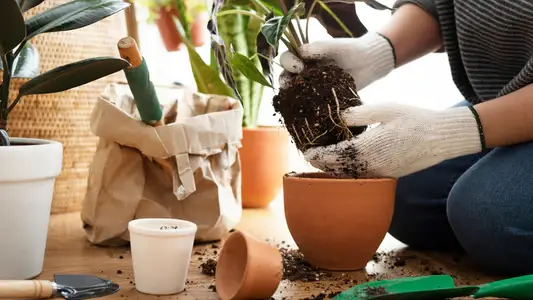
FAQ: Low Light & Pet Friendly Indoor Plants
Q1: Which plants should one grow in the indoor space when there’s no direct window exposure?
Some examples of varieties that can be grown in rooms with very low light include the **Snake Plant** variety and the **ZZ Plant** type but they are not pet-safe. For pet safety for pets, choose plants that can be grown well using artificial light or minimal natural light.
Q2: So is all types of ferns okay for pets?
Some are not safe for pets, not all varieties of the plant are safe for pet ownership. Despite this, the Boston Fern is arguably one of the most safe indoor plants for homes with pets.
Q3: Can I use artificial light for low light plants?
Oh, yes: artificial grow lights can certainly be employed as a way to supplement light. These lights offer at least the spectrum of light that the plants grow well under.
Q4: How do I identify whether a certain plant is good or bad for pets?
Some plants are toxic to pets, therefore always assess the toxicity level of a plant before introducing it into a pets area. The ASPCA’s website also offers a list of toxic and non-toxic forms of plants for a pet.
Conclusion
Low light plants for indoor use are ideal because they can complement interior design aesthetic as well as prevent pets from getting into harm. With proper choices of these plants once again that are safe for your pets as well as those that grow well in such conditions, you can have a nice looking green area that will suit everyone in the home.
Begin by selecting one or two of the plants above then ensure that you offer it the right care, correct light and frequency of watering. Despite the fact that it is nearly impossible not to gravitate toward stunning foliage and blooms such as cascading ferns, vivid prayer plants, or rejuvenating palms, your pets will appreciate your endeavor of selecting friendly-on-their-stomachs embellishments for your home.

